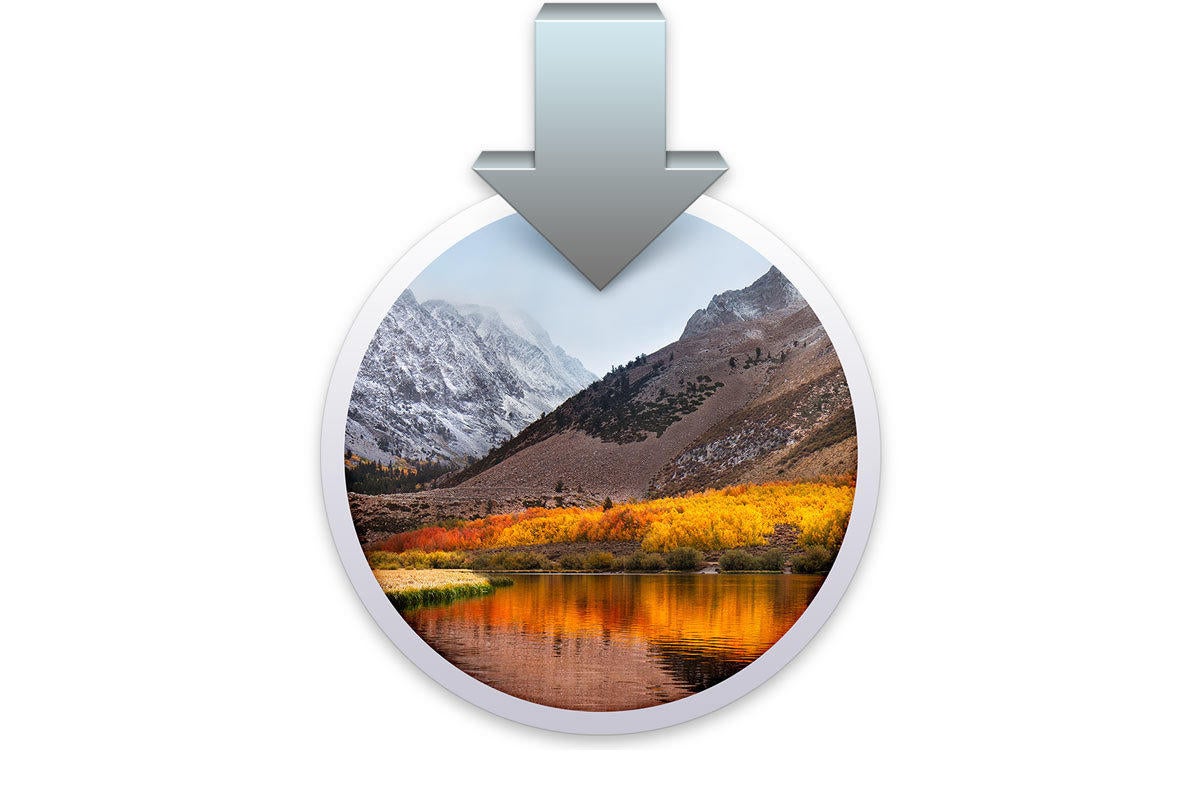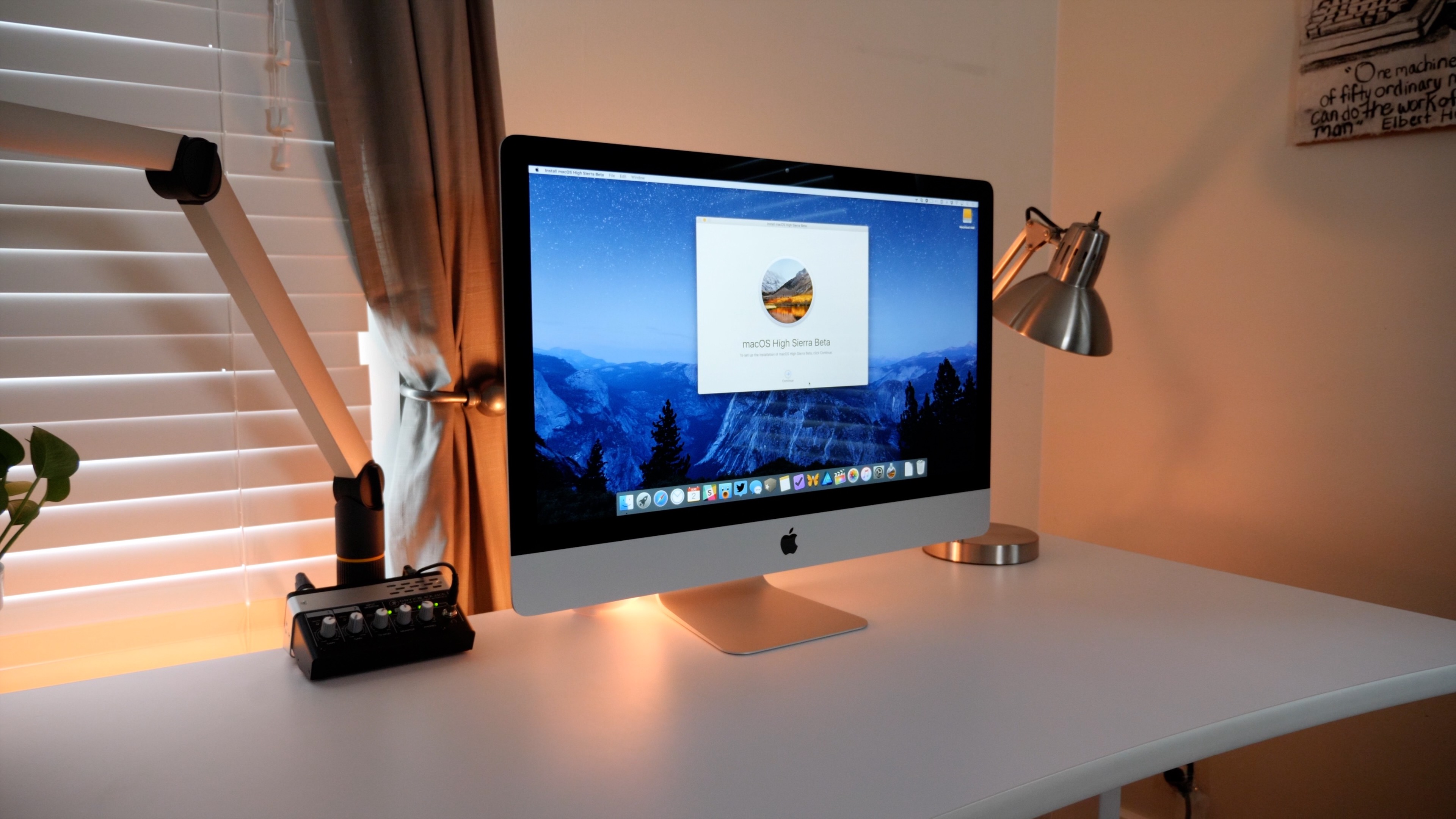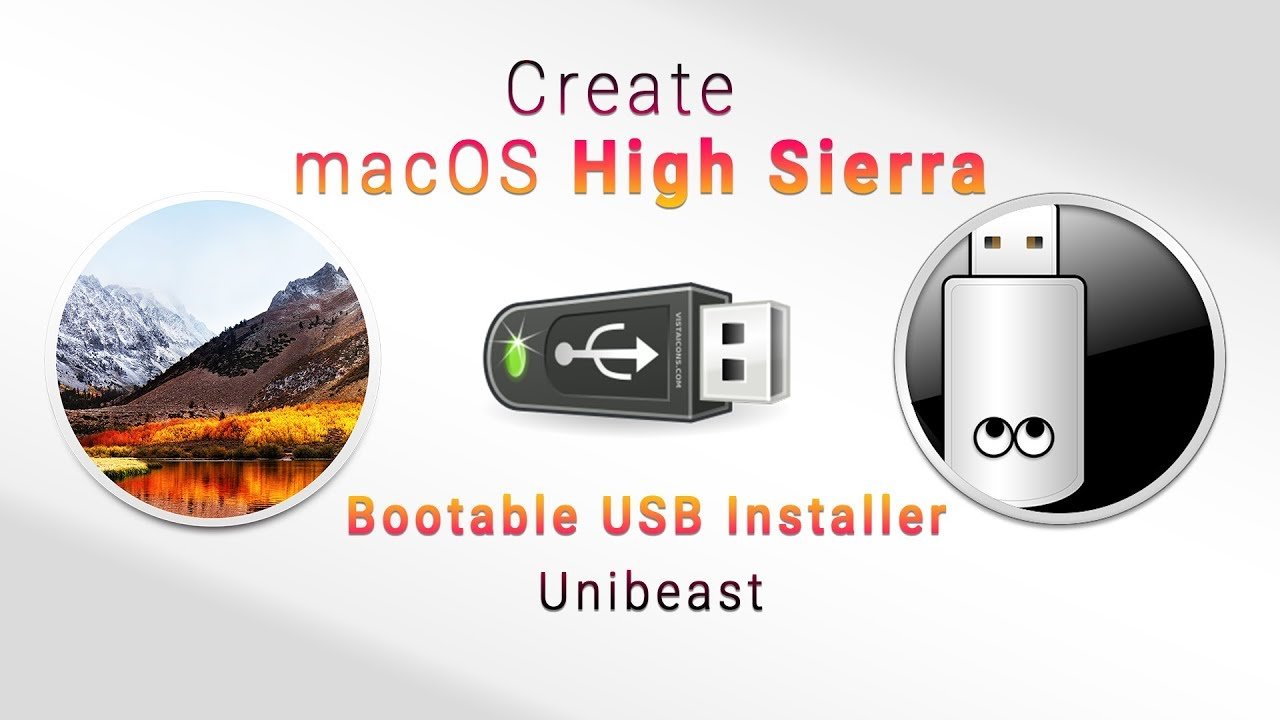

- #Bootable usb mac os sierra how to
- #Bootable usb mac os sierra mac os x
- #Bootable usb mac os sierra install
- #Bootable usb mac os sierra update
However, it can be accessed through Terminal, which you will have to open for this part of the process. Unlike most tools that ship with the OS, it is not accessible directly from Launchpad. And, of course, make sure that you read the instructions carefully before starting.Īpple offers a dedicated tool in OS X and macOS specifically for the purpose of creating a bootable USB drive. A setup wizard should have appeared by now - you can close it.Īlso, you should backup the contents of the USB drive that you are using for the process, as everything that is stored on it will be removed.
#Bootable usb mac os sierra install
After the download is complete, Install macOS High Sierra will be available in your Applications folder.

Use this link to take you right to its landing page, or search for it manually in the App Store app.
#Bootable usb mac os sierra how to
How to automatically mount a network drive on Mac OS Xīut first you have to download the setup file from App Store. #Bootable usb mac os sierra update
What to do when your Mac displays a blank screen and the cursor after a macOS update. Apple releases macOS 10.13 High Sierra, and it is gloriously boring. #Bootable usb mac os sierra mac os x
Use the 'createinstallmedia' command in Terminal Bootable Usb Mac Os X You can now quit Terminal and eject the volume.įind the appropriate download link in the upgrade instructions for each macOS version:
When Terminal says that it's done, the volume will have the same name as the installer you downloaded, such as Install macOS Catalina. Terminal shows the progress as the bootable installer is created. When prompted, type Y to confirm that you want to erase the volume, then press Return. Terminal doesn't show any characters as you type your password. When prompted, type your administrator password and press Return again. If it has a different name, replace MyVolume in these commands with the name of your volume. These assume that the installer is still in your Applications folder, and MyVolume is the name of the USB flash drive or other volume you're using. Type or paste one of the following commands in Terminal. Open Terminal, which is in the Utilities folder of your Applications folder. Make sure that it has at least 12GB of available storage and is formatted as Mac OS Extended. Connect the USB flash drive or other volume that you're using for the bootable installer. Use the 'createinstallmedia' command in Terminal It installs an app named Install OS X El Capitan into your Applications folder. Open this file and follow the onscreen instructions. OS X El Capitan downloads as a disk image that contains a file named InstallMacOSX.pkg. 
It installs an app named Install macOS Sierra into your Applications folder.
macOS Sierra downloads as a disk image that contains a file named InstallOS.pkg. 
Enterprise administrators, please download from Apple, not a locally hosted software-update server. To get the required installer, download from a Mac that is using macOS Sierra 10.12.5 or later, or El Capitan 10.11.6. If the installer opens after downloading, quit it without continuing installation.
macOS Catalina, macOS Mojave, and macOS High Sierra download directly to your Applications folder as an app named Install macOS Catalina, Install macOS Mojave, or Install macOS High Sierra. Use the bootable installer After creating the bootable installer, follow these steps to use it. If your Mac is using macOS Sierra or earlier, include the -applicationpath argument, similar to the way this argument is used in the commands for Sierra and El Capitan. If you want to do a clean install of macOS Sierra, or you have multiple Macs to install it on, then a bootable flash drive for is your best bet for easy installation.







 0 kommentar(er)
0 kommentar(er)
